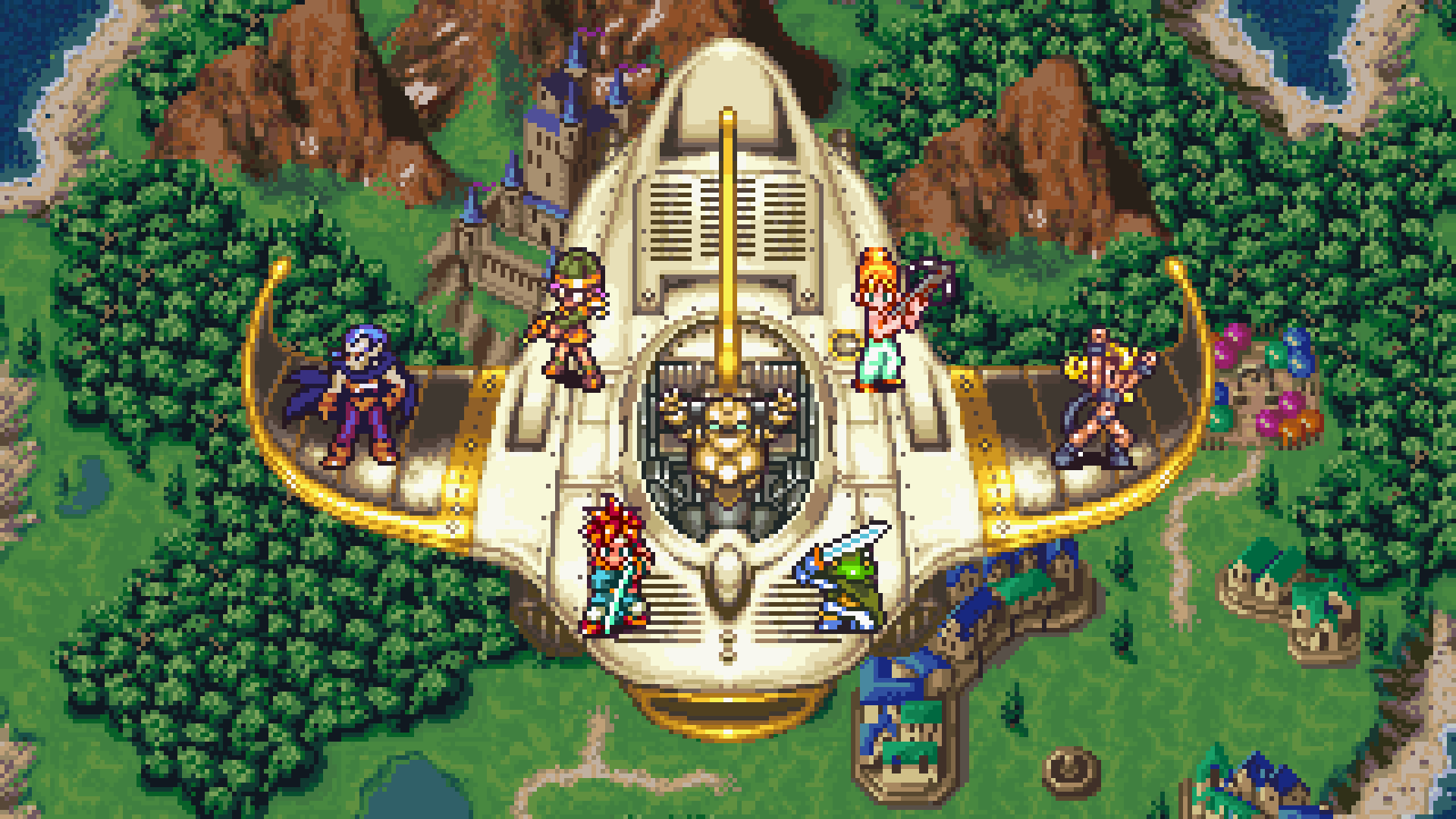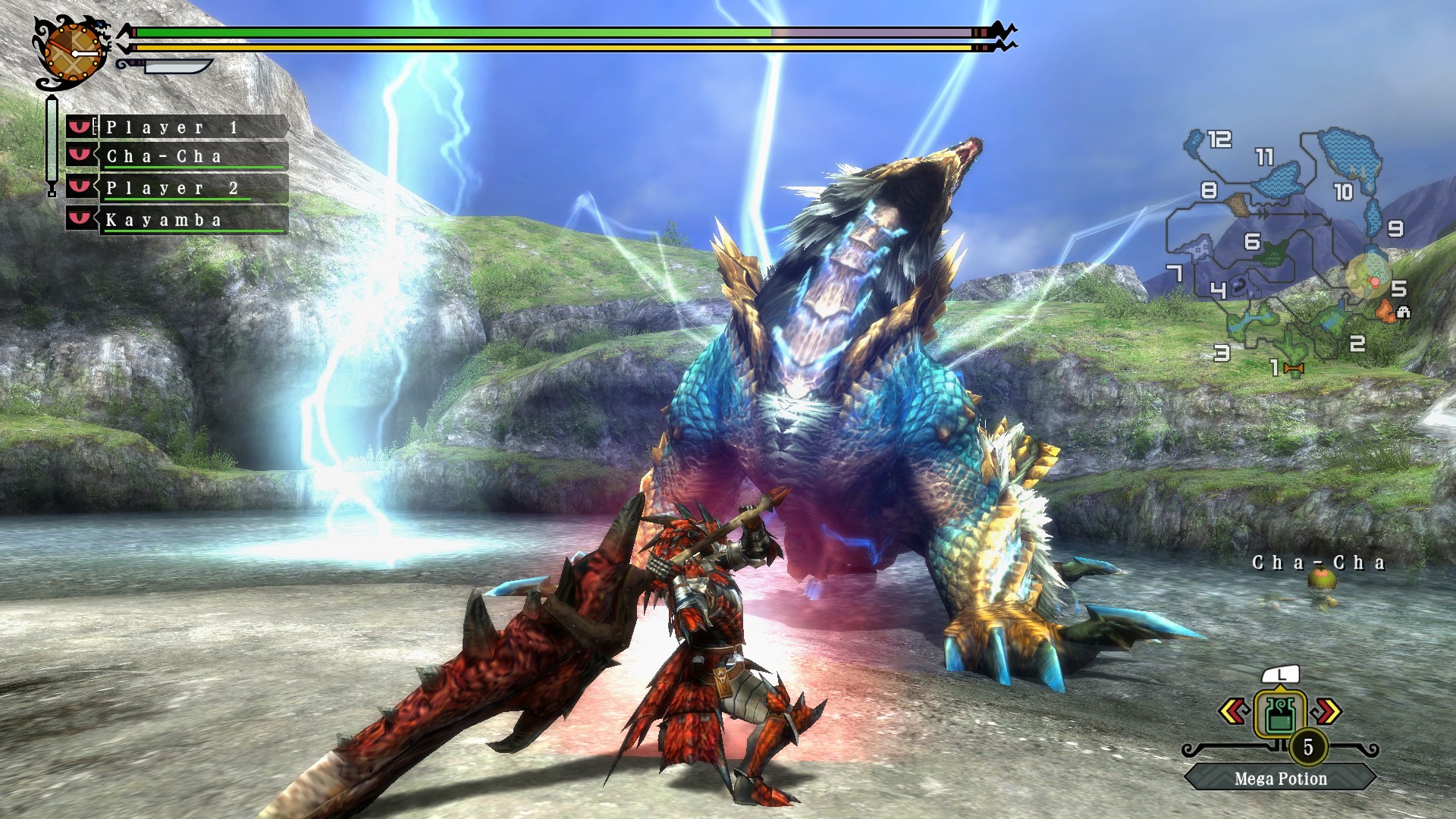Games are medium heavy on visuals and information delivery. Good games give you a solid set for rules, and ask you to manipulate them to the best of your ability to get tasks complete, and ultimately win. Without telling you everything a game can do, there’s no way to get a full understanding of this relationship. As many games don’t have this issue in any serious way, some of the more hidden and obscure systems in games are a bit frustrating.
It’s not always necessary to know the exact math behind how my sword’s attack rating translates to damage on an enemy, especially if getting higher attack rating’s consistently means doing more damage. The problem becomes when there are entire actions being taken by the game to compensate choices I didn’t know I was making to achieve some end goal that I didn’t know existed. When the player can’t control his own destiny, and doesn’t even know this destiny exists, devs start tiptoeing on a fine line between engaging mystery and frustrating obfuscation. Here’s a few of those line walkers.

1. Chrono Trigger’s Combat
Chrono Trigger is a game that, for the most part, has stood the test of time. There are a lot of hidden paths to be taken and explored in this classic JRPG from 1995. Many of your decisions, no matter how innocuous, could come to effect the game in unpredictable ways. After the game opens up a bit, the order in which you complete tasks can alter the ending drastically. Such is the life it comes to time travel, I suppose. This is the most obscure system at play here, though. The strangest mechanics at work are all in the much-touted combat system.
To call the combat obscure maybe isn’t the right word. Unfinished or short-sighted may be more appropriate. Depending on the characters that fill your combat party, the menu of techniques that the party can double or triple team up to execute will change. This is a flavorful addition to something pretty cut and dry, and can create instances where your picking characters for strategic reasons ahead of time, based on the sort of enemies you expect to see. A draw back to the normally powerful techniques is that many of them are proximity based. Crono’s Cyclone can hit enemies that are close to each other, his Slash can hit enemies along a straight line. That’s simple, ill just move myself into position and… oh wait. You actually can’t…
Maybe a game with location/formation based attacks should have a reliable way to purposefully move characters into advantageous positions? Especially since many enemies posses the ability to knock your party members around, as well as move themselves into better or worse configurations (though randomly). A blemish on an otherwise great game.

2. Monster Hunter 3 Ultimate’s Charm Table
I love the Monster Hunter franchise. Since Monster Hunter Freedom, I have been playing the titles religiously. There’s something incredibly rewarding about using your tactile skills to slay creatures way bigger than you, and the MMO-like loop of using those creatures to make new items to fight bigger, badder creatures is nicotine for the thumbs. As the games have expanded in size and scope, the mechanics and interwoven systems that manage everything from equipment to combat have grown in turn. Not always for the better, it seems.
Enter Charms, an item that you equip along with the rest of your kit to enhance your stats is minor but meaningful ways. You can get these charms as quest rewards, or by mining them and they run the full gamut of rarity, like any other item in the game. Charms can help add a few points of stats to your character, or they can help add a skill to an armor set that it wouldn’t normally be present on. Charms are awesome, but what if I told you that only certain players can get certain charms, and the system that determines that is never actually explained or mentioned at all? Welcome to Bummerland.
In order to figure out what sort of charms a player will run into over the course of their character’s game time, you are put in a specific “Charm Table” at character creation. Each table has a smattering of charms that are obtainable, and a group of charms that aren’t. You are divided into Charm Tables depending on the time of day you make the character. And since most charms are too rare to trade, you can’t get a buddy on a different chart to fill in the missing pieces with, like you could with opposite copies of Pokemon games. Monster Hunter games are actually full of pretty obscure systems, but Charm Tables are the most frustrating, even though charms aren’t exactly make or break items, in the long run.

3. Final Fantasy X’s Affection Levels
Final Fantasy X is an odd ball in the series for a number of reasons. It’s tropical setting, it’s more obtuse fascination with death, and it’s departure from the Active Time Battle system are only a few ways that the tenth entry in the series still has such a prominent presence years later. The love story between Tidus and Yuna is among the series’ most interesting and tragic, which is probably what makes the the fact that you can cozy up to other party members all the stranger.
It isn’t a big thing. Nor does it change the end result of the Tidus/Yuna relationship, which begs the question “why is it even here at all?” During moments of dialogue where you can pick responses to characters comments and inquiries, the nicer the answers you deliver to certain characters, the more they show up in small moments in the game. During that snowmobile ride to Macalania Temple (where Shiva is), the person Tidus rides with is a variable. So is the lady who throws Tidus the ball during his Blitz Ace overdrive.
This elaborate and somewhat useless affection system actually gives FFX something in common with another series standout, Final Fantasy 7. The Cloud/Zack/Tifa/Aeris/Sephiroth love pentagon get’s further complicated by a series of meta triggers that help determine what sort of reaction Cloud gets from certain party members at certain times. It all culminates to the memorable Golden Saucer date, where Cloud spends an awkward night with one of five different possible party members. Doesn’t being Aeris back, though…

4. The Zodiac Spear in Final Fantasy XII
Talk about series departures, mainline FF games haven’t been the same since X, but even that game more closely resembled the series’ than the games after. XII is a great game, no doubt, but if it wasn’t called Final Fantasy, you’d almost no know it was one. Part of the intention, surely. For everything that game does well, it leaves a whole lot to be discovered and learned. Or screwed up and unattainable thanks to ignorance on the players part, in the case of the infamous Zodiac Spear.
The best spear in the game – and arguably the best overall weapon in the game – the Zodiac Spear can only be found in a particular urn in a dungeon called the Necrohol of Nabudis. The problem is, throughout the game there are urns that cannot be opened, lest the spear disappear. There are absolutely no warnings pertaining to this – the urns are not marked differently, and you are in no way prompted that getting a few gil now will stop you from getting a juggernaut of a weapon later. That’s not cool.

5. Demon’s Souls World Tendency
It may be silly to look at a Souls game a remark on the obscure hidden stuff in it nowadays, but before it became a series, Demon’s Souls was well regarded as one of least obvious games around. Things sorta just happened in Demon’s Souls, and it was up to you to make it make sense. Easier said than done, back in 2009.
Probably the granddaddy of “why is this even a thing?” mechanics in a Souls game is the World Tendency. In general, World Tendency effects the difficulty of the enemies and events that would take place in each world. White Tendency makes enemies easier to kill and you do more damage while dead, but they drop less souls and upgrade items items. Black Tendency is the opposite, for the most part, with the addition of black Phantoms and Primeval demons being added as additional enemies in certain parts of the map. Certain paths will be open or locked depending on tendency, as well.
Changing tendency is a bit of a chore to manipulate deliberately, but more or less involves doing “good” or “bad” things. Killing bosses, demons, and black phantoms will lean you towards White, killing living NPCs or dying pushes you towards Black. You can see what the tendency of the world you’re going to enter on the map, but the game never tells you what any of this means, and how it affects you.
There are plenty more games with systems that have some explaining to do. Leave your favorites in the comments, or tweet us @CurseGamepedia.
